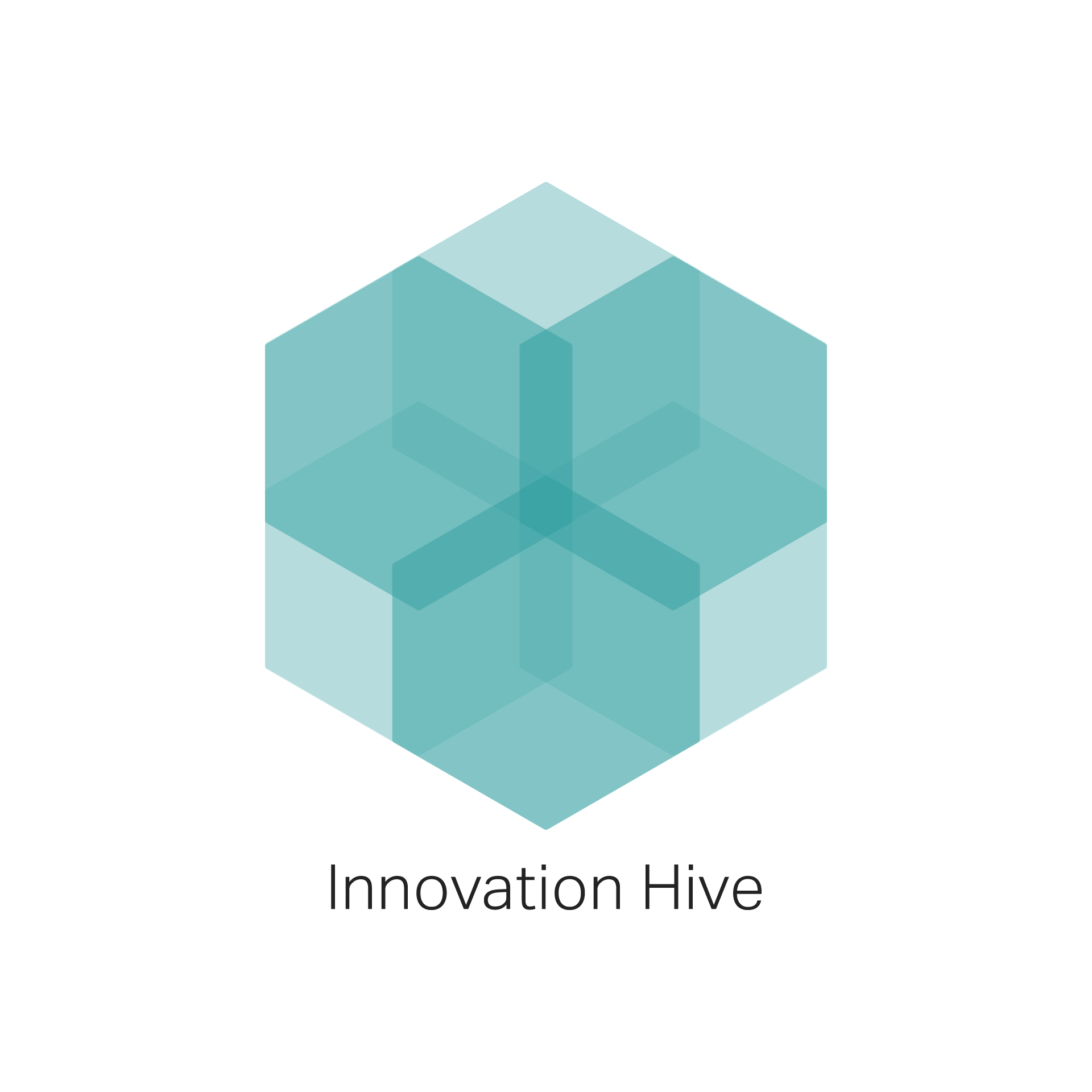The extensive use of technology by students in classrooms is a phenomenon that has dramatically increased over the past two decades, significantly affecting both the learning process and students’ psychology. Digital tools like tablets, computers, smartphones, and applications have become essential in the educational process in many countries. However, the growing reliance on technology does not only bring positive effects; it has also raised concerns about its overuse and its long-term consequences.
Research shows that excessive use of technology can lead to attention deficits, reduced peer interaction, and limited physical activity. A study conducted by the Journal of Youth and Adolescence found that students who spend more than three hours a day using electronic devices for non-educational purposes exhibited higher levels of anxiety and reduced social skills. Additionally, there are concerns about the effects of excessive screen exposure on sleep quality and students’ ability to focus during the school day.
Despite these negative consequences, technology can have positive effects when used methodically and with proper guidance. In the context of education, technology offers unlimited possibilities for personalized learning, enhanced interaction, and the creation of more engaging and interactive learning experiences. One of the most innovative examples of technology use in the classroom is Augmented Reality (AR).
AR allows students to interact with their educational environment in new ways by combining the physical and digital worlds. For instance, students can view 3D models of planets or human organs, observe simulations of natural phenomena, or participate in virtual physics experiments without the risks or costs associated with traditional experiments. A study from the British Journal of Educational Technology revealed that students using AR in science lessons improved their scores by 20% compared to those taught with traditional methods. This technology also enhances the understanding of abstract concepts, such as chemical composition or biological processes, by providing students with an interactive experience that reinforces knowledge retention.
Moreover, AR technology improves student engagement and motivation. When students have the opportunity to engage in interactive activities and interact with educational content in a more hands-on way, they tend to develop greater interest and curiosity for the subject matter. Augmented reality offers students the chance to learn through action and interaction, allowing them to become more actively involved in the learning process. A study from the Harvard Graduate School of Education showed that students who used AR were 30% more likely to understand difficult concepts and retain them for longer periods.
Additionally, the use of technology for personalized learning is another significant advantage AR offers. Each student can tailor the learning pace and approach that best suits their needs. This is particularly helpful for students with learning difficulties or different learning styles, enabling them to progress at their own pace and build confidence in their knowledge. At the same time, teachers can adapt lessons, providing customized learning experiences for each student.
An excellent example of this dynamic is the “Augmented Science” project, implemented through the Erasmus+ program. This project aims to integrate augmented reality into the teaching of science, allowing students to interact with scientific phenomena through simulations and experiments incorporated into their mobile devices. “Augmented Science” aspires to serve as a model for the use of AR in education, offering educators and students a tool that can transform teaching and enhance science learning in ways previously impossible.



